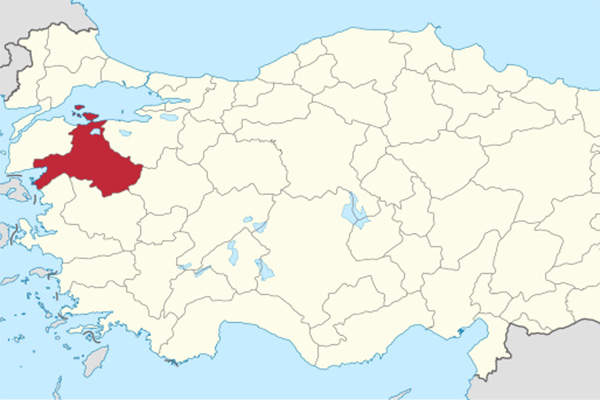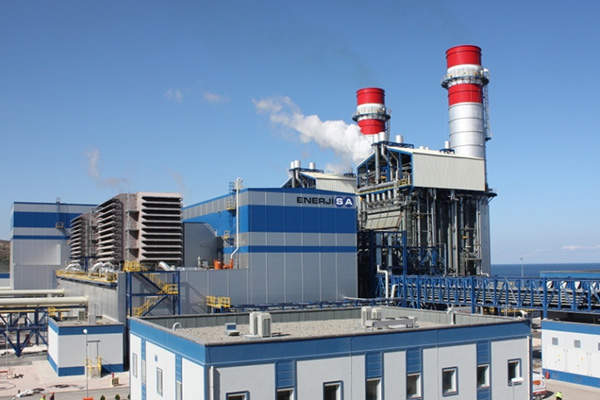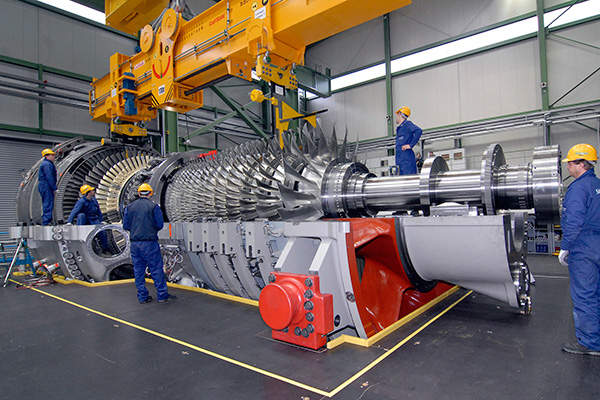Enerjisa Power Generation, a joint venture of Sabanci Holding and E.ON, developed the Bandirma II natural gas-fired combined cycle power plant (CCPP) in the Balikesir province of Turkey.
The power plant was erected alongside the existing 930MW Bandirma power plant, the biggest natural gas power plant in Turkey.
The 600MW power project was built with an estimated investment of $900m and was commissioned in 2016. It operates at an efficiency rate of more than 60%.
The project created more than 1,000 jobs during construction and an additional 40 jobs when operational.
Bandirma-I CCPP details
Enerjisa began commercial operations at its Bandirma-I combined-cycle power plant (CCPP) in 2010. With a net efficiency of more than 59%, it is Turkey’s most efficient gas power plant and boasts an annual power generation capacity of more than 7,000-gigawatt hours (GWh).
The €550m ($699m) Bandirma-I CCPP took 26 months to complete.
Bandirma II combined cycle power plant make-up
The Bandirma II CCPP was developed on the southern coast of the sea of Marmara, near the Bandirma city in Balikesir province, and covers a total area of more than 85,000m².
Bandirma II is a single shaft design combined-cycle power plant comprising an SGT5-8000H gas turbine, SST5-5000 steam turbine and SGen5-3000W water-cooled generator from Siemens. The plant can achieve full power generation in 30 minutes.
The Siemens SGT5-8000H gas turbine, with a gross power output of 400MW, generates more than 570MW in combined-cycle mode. The high-performance four-stage gas turbine is equipped with fast-acting variable guide vanes to achieve faster cycling capability. It uses the Siemens hydraulic clearance optimisation (HCO) active turbine clearance control system to offset engine performance losses.
The SST5-5000 steam turbine, featuring a combined high-pressure/intermediate-pressure reverse-flow cylinder and double-flow low-pressure cylinder, is designed to operate at a steam pressure of up to 190bar and steam temperature of up to 600°C. The turbine offers a power output ranging between 120MW to 500MW in combined-cycle mode.
The Bandirma II plant uses a dry type cooling system with a 135m-high cooling tower.
Generation and transmission of power from Bandirma II power plant
Natural gas mixed with over pressurised gas is burnt in the combustion chamber before passing through the gas turbine for first level electricity generation.
The resulting hot gases from the combustion process are dispatched to the waste heat boiler where steam is generated. The hot and high-pressure steam is then sent to turn the steam turbine, for second level electricity generation at the plant.
Steam released from the turbine is condensed into water in a condenser using cooling water from the tower. Water accumulated at the bottom of the condenser is sent back to the boilers for further heating.
The electricity generated by the project is either transmitted through an 85km-long transmission line to the Balikesir provincial transformer station or to the Karabiga station through a 70km-long transmission line.
Natural gas supply
Natural gas for the Bandirma II power plant is supplied from the Turkey/Greece natural gas pipeline located near the project site.
Contractors involved with the Bandirma II power project development
Siemens was awarded the turnkey construction contract for the Bandirma II power plant in January 2013. The contractual scope included the supply of turbines and generators. It also included the entire electrical system, involving a 400kV high-voltage switchgear installation, and the SPPA-T3000 instrumentation and control system.
The Benson-type heat recovery steam generator (HRSG) used at the power plant was manufactured by NEM.
Kalemci Yapi was subcontracted by Siemens to conduct civil works while Koza Insaat was engaged to perform earthworks.
DOKAY-EIA Environmental Engineering was engaged to prepare the environmental impact assessment (EIA) application for the project.






